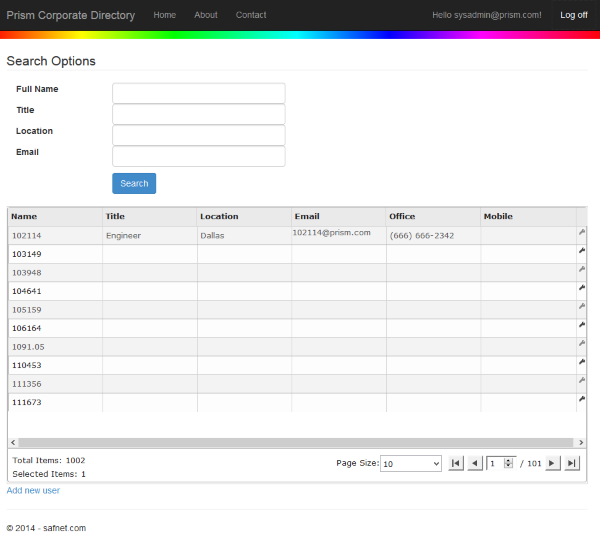Mini E-mail Campaign With Node.js
Over the weekend I had what at first appeared to be a small challenge: send out a few hundreds e-mails for a non-profit's outreach campaign. MailChimp and other mailings lists were not a good fit, as these messages were of the cold-call variety, and a formal mailing list felt too spammy. Initially I wrote a utility in .NET, but ended up solving with Node.js instead due to timeouts experienced with SmtpClient.

